#Variations
Explore tagged Tumblr posts
Text

walk slow and low on the tightrope
(Bonus Blood Version of the original)
(Available as a print here)
#my art#variations#coyote#liminal spaces#liminal vibes#canine#spooky art#art based on lyrics#lp lyrics#lyri draws
9K notes
·
View notes
Text

Blue-ish rentry frame!
f2u - credit isn't needed .. dividers f2u..
sharing bcz im proud <3 example using this can be found here
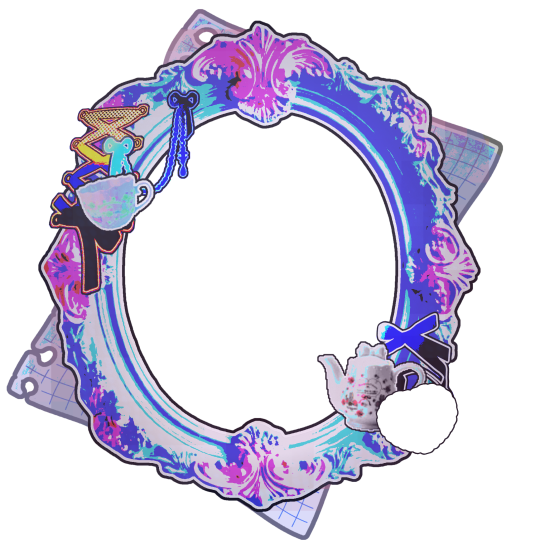
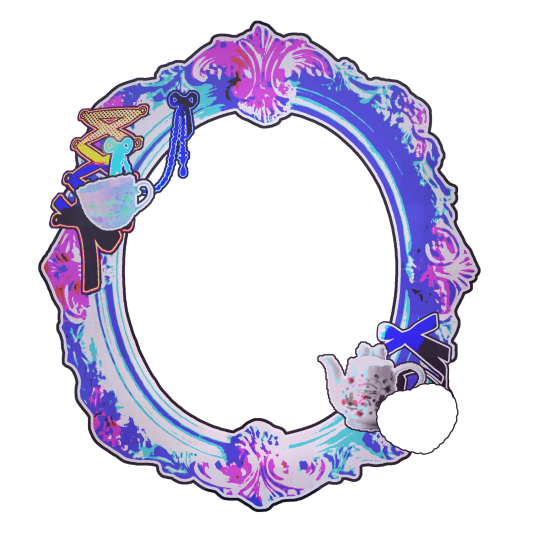
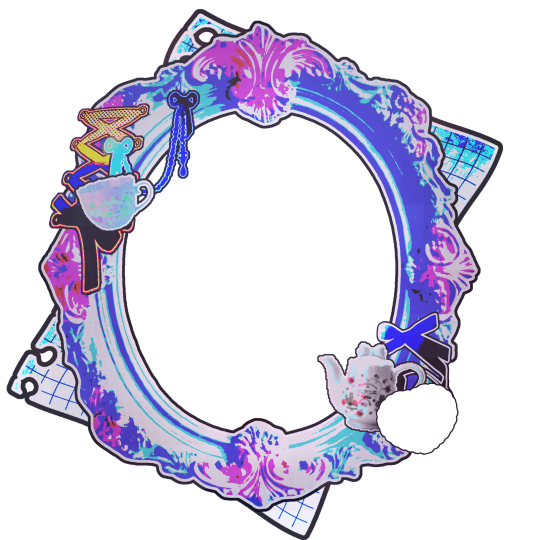
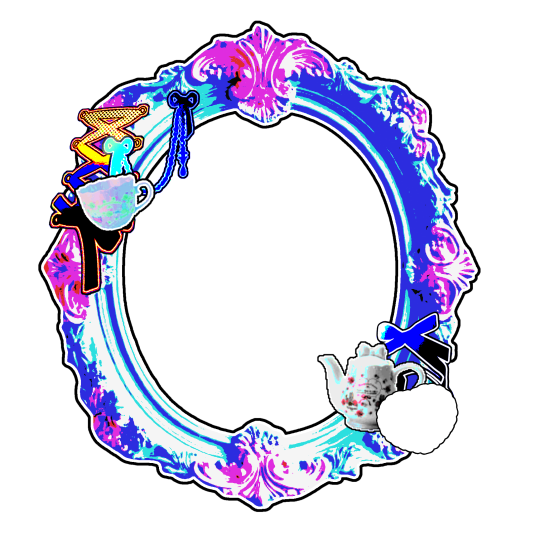



IMAGE HIGHLIGHT, SINCE YOU MIGHT MISS THE SECOND IMAGE:
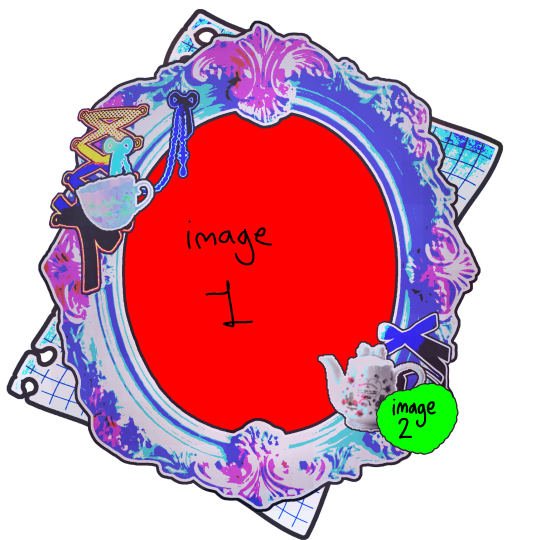

#furina themed#furina theme#furinathemed#furinatheme#blue#blue frames#blue rentry frames#frames#rentry#rentry frames#rentry stuff#rentry resources#rentryy#ocean#hypersaturated#digital#carrd#resource#frame#variatiojs#variations#rentry overlays#rentryframes#rentryframe#frame rentry#frames rentry#themed#theme#personal#ִֶָ₊˚⊹ ᰔ࿐ mmyimaria's hoard .. !!
64 notes
·
View notes
Text
Next on the list of Snow White tales in the book Sleeping Beauties: Sleeping Beauty and Snow White Tales From Around the World are the versions from France and Italy.
*The first of the three French tales is The Lay of Eliduc, composed by a medieval woman poet, Marie of France. It's not really a Snow White story, but it does feature a beautiful princess in a deathlike trance. A knight, Eliduc, is unjustly banished by his king, and forced to travel to another kingdom, where he helps the local king to win a war. During this time, he falls in love with the king's daughter, Guillardun, and she with him... but unfortunately, he already has a good, faithful wife, Guildeluec, back in his homeland, and is torn between his new love and old love. When Guillardun learns that Eliduc is already married, she falls into a swoon from which nothing can revive her. Distraught, Eliduc lays her to rest in a chapel in the woods, which he frequently visits from then on, even after he goes back to his wife. Guildeluec sets out to learn the cause of her husband's mysterious sadness, and discovers the chapel and Guillardun lying inside it. Then, in a detail that evokes the Grimms' tale of The Three Snake Leaves, she sees a weasel use a certain flower to bring its dead mate back to life – she uses the flower to bring Guillardun back to life too. After the whole story is revealed, Guildeluec graciously leaves her husband and becomes a nun, allowing Eliduc and Guillardun to marry.
**Besides the tale itself, the book includes an essay which highlights the parallels between this story and the Celtic Snow White tale of Gold-Tree and Silver-Tree, which will be overviewed later. The author suggests that Marie of France may have heard a variant of Gold-Tree and Silver-Tree and drawn inspiration from it.
*The book also includes two other French Snow White tales: The Mirror and The Stepmother.
**The Mirror is nearly identical to the Grimms' Snow White (a wicked queen stepmother, a magic mirror, a poisoned apple, etc.) with two chief exceptions. (1) Instead of seven dwarfs in a cottage, the heroine, Blanche, comes to live with seven giants in a castle. (2) The details of the ending. Some time after Blanche's "death," a royal wedding is held in another kingdom, and the seven giants are invited. Rather than leave Blanche's glass coffin unprotected, they carry it with them, but on their way they accidentally drop and shatter it, jarring the piece of apple from Blanche's mouth and reviving her. She then goes with the giants to the wedding, where, as it happens, her father and stepmother are guests too. Blanche reunites with her father and accepts the marriage proposal of a prince who also attends, while the queen is forced to dance to death in hot iron shoes.
**In The Stepmother, the heroine isn't a princess, but an innkeeper's daughter, and her jealous stepmother convinces her weak-willed father to abandon her, a la Hansel and Gretel. She meets a band of thieves who take her in. But sometime later, she shows kindness to an old beggar woman, who is really a wicked witch, and who offers to comb her hair, only to stick a magic pin into her head that freezes her in place like a statue. (Strangely, there's no mention of any connection between this witch and the stepmother.) The heartbroken thieves keep the "statue" on display in their house, until one day a prince discovers her, falls in love, and takes her back to his castle, where he secretly keeps her in his room. But one day the prince's sister discovers the "statue," tries to comb its beautiful hair, and takes out the pin, bringing the heroine back to life. The prince and the heroine are joyfully wed and have twins. But soon the prince is forced to go to war; while he's away, the wicked stepmother forges a letter from him and sends it to the castle, demanding that his wife and children be banished. But in the woods with her children, the heroine prays, and miraculously a house springs up for the three of them to live in, until in the end the prince finds them.
*I've also read another French variant, La petite Toute-Belle, which isn't included in this book. In that tale, the heroine is pushed down a well (evoking Mother Holle) by her wicked mother's servant, lands in the home of three friendly dragons, is later poisoned with a dress, then set afloat on the sea in her coffin, and washes up near the castle of a young king, whose mother takes off the dress and revives her. Why Heiner left it out of her collection I don't know.
Next come a long list of variations from Italy.
*The first is The Young Slave from Giambattista Basile's Il Pentamerone, which is often labeled a Snow White story, though it's really more of a cross between Snow White, Sleeping Beauty, Cinderella, and The Goose Girl. A group of young maidens, including a baron's sister, have a contest to see who can jump over a rosebush without damaging the single rose on it. The baron's sister knocks off just one rose petal, but she secretly swallows it so no one will know. As a result, she gives birth to a baby girl, whom she names Lisa, and whose birth she keeps a secret from everyone except the fairies because there's no father. As in Sleeping Beauty, the fairies each give Lisa a blessing, but one fairy twists her ankle while running to the cradle, and in her pain she curses Lisa to die at age seven when her mother accidentally leaves a comb stuck in her hair. Sure enough, seven years later, it happens. Rather than bury Lisa, the distraught mother places her in the innermost of seven crystal chests, which she hides in a secret room in her brother's castle. She then falls ill with grief and dies, on her deathbed warning her brother never to look inside that room. Some time later, the baron marries, and warns his wife never to look in the secret room either. But of course, out of curiosity, she does, and she finds the dead Lisa grown into a beautiful maiden. In a jealous rage she grabs Lisa's hair, and in doing so she dislodges the comb and revives her. Then she dresses her in rags, forces her to work as a slave, and constantly abuses her. But eventually, the baron goes on a journey and asks all the castle servants for gift requests, including Lisa, whom he doesn't know is his niece. Lisa asks for a doll, and when she gets it, she tells her troubles to it every day. Finally, the baron overhears her and learns her true identity. The cruel wife is sent away, and the baron becomes Lisa's guardian and eventually finds a good husband for her.
*As for the other Italian versions, there are too many to summarize each one, so I'll just overview the details:
**The heroine is typically a commoner, not a princess. As in The Stepmother from France, her wicked mother or stepmother is sometimes an innkeeper, who learns of the heroine's survival from travelers to the inn who saw her.
**Only a few of these versions have the villainess be the heroine's own mother. The majority seem to feature a stepmother, and several follow the pattern seen in some Cinderella stories from the same region, where she starts out as the heroine's seemingly-kind teacher, whom the girl persuades her father to marry. In a few versions, however, the heroine is persecuted by two older sisters.
**Some versions include a magic mirror, while others have the heroine's survival and whereabouts reported by a bird, an animal, or a beggar whom she was kind to.
**Two versions introduce the prince at the very beginning, and have him visit the three sisters and be smitten by the youngest while slighting the older two. This takes the place of the mirror proclaiming her the fairest in the land.
**There typically isn't a huntsman figure. The villainess usually just abandons the heroine in the wilds, or has a maidservant do it, or else convinces the girl's father to do it, Hansel and Gretel-style.
**The counterparts of the seven dwarfs vary widely. Sometimes they're fairies, sometimes a band of thieves, in one version an ogre and his wife, and in another just a kindly old man. In two versions, it's a dead lady trapped on earth in her castle as a form of purgatory, whom the heroine cares for until her sins are expiated and she rises to heaven; unfortunately, her ascent happens just before the last attempt on the heroine's life, so she's not there to warn her about the poison the way she was before. In yet another Italian version I've read that isn't included here, Giricoccola, the heroine's helper is the moon, who lifts her out of the attic where her jealous sisters have imprisoned her and carries her away to her heavenly castle.
***In the versions with the thieves, the heroine typically hides in their house for the first few days, eating, drinking, and cleaning the house while they're away, much to their confusion when they come home. But soon they discover her and welcome her into their family.
**The villainous mother, stepmother, or sisters typically don't practice witchcraft themselves in these versions, but consult a witch, who creates the poisoned items for them.
**The poisoned item that finally "kills" the heroine is almost always an article of clothing: e.g. a dress, a hat, a hairpin, or a pair of slippers. In some versions she simply falls down dead or in an enchanted sleep, while in other versions she becomes motionless like a statue, or actually turns to stone. But either way, the prince typically finds her, falls in love, and takes her home to his castle, where he lets no one else inside the room where he keeps her. But then one day a woman – his mother, his sister, or a servant – sneaks in, discovers the girl, and tries to make her look more presentable, removing the poisoned item in doing so. Her revival becomes a joyful surprise for the prince when he comes home.
***Only one version, The Beautiful Anna, has the heroine poisoned by a grape, which the prince later dislodges from her throat by stroking her beautiful neck while admiring her.
***Several versions use poisoned food (usually cake or sweets) for the first one or two murder attempts. But either the heroine is warned not to eat it, or else an animal eats it first and dies. It's an interesting contrast to the familiar Grimms' version, where the queen's first two attempts to kill Snow White with articles of clothing fail because they're easily removed, so she turns to the more seemingly foolproof method of poisoned food for the third try.
**In the versions where the heroine "dies" rather than becoming a statue, she's either placed in a glass, crystal, or jeweled coffin by her companions, or else she just lies where she fell in the castle where she now lives alone, to be found later by the prince when he ventures inside, a la Sleeping Beauty.
*The villainess is sometimes executed by the prince in the end, but in other versions she goes unpunished.
**Two versions, The Beautiful Anna and Maruzzedda, continue after the heroine revives with second halves that recall certain Sleeping Beauty tales. The prince marries the heroine and fathers two or three children with her, but he keeps his marriage and children a secret from his cruel, possessive mother. Eventually, the mother finds out and tries to have the heroine and children killed, but in the end her schemes are thwarted and she's put to death instead.
Coming up next: versions from Greece, Albania, and Turkey.
@ariel-seagull-wings, @adarkrainbow, @themousefromfantasyland
#snow white#fairy tale#variations#sleeping beauties: sleeping beauty and snow white tales from around the world#heidi anne heiner#france#italy
64 notes
·
View notes
Text
GOOD FOR HEALTH
by TERU
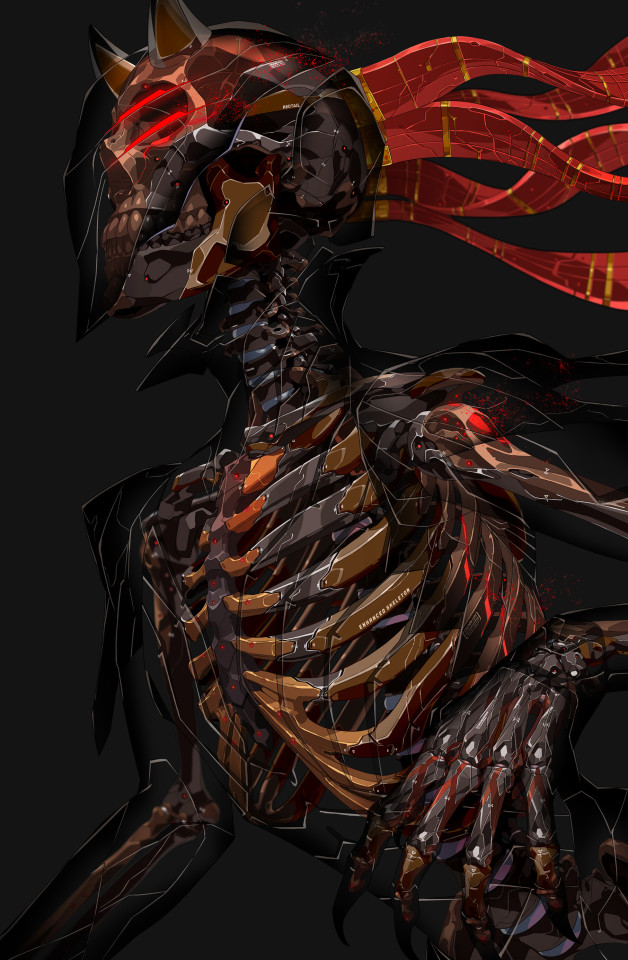
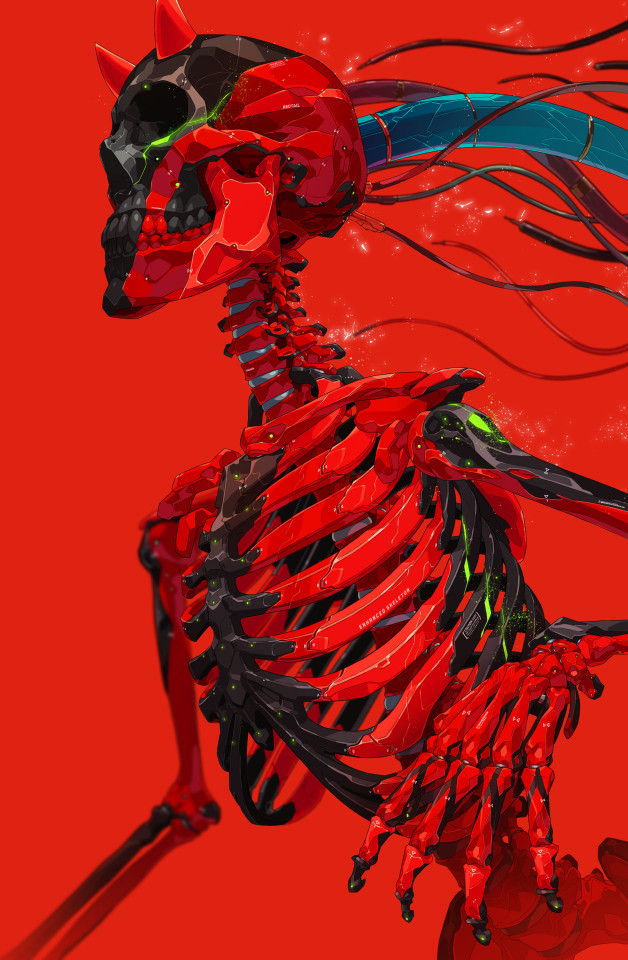
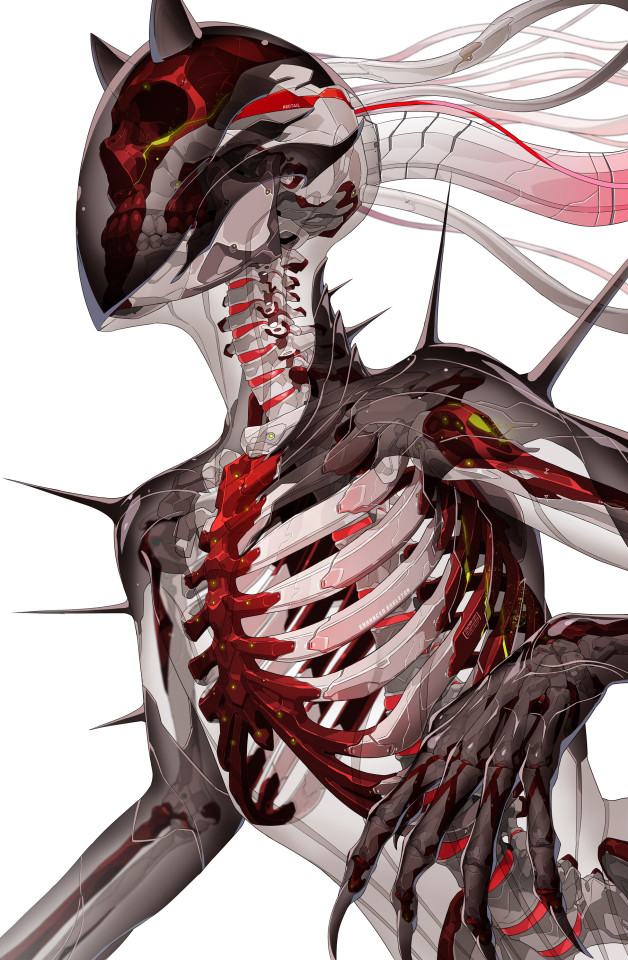

#tentacles#fhtagn#teru#sci fi#concept art#chara design#skeleton#cyberpunk#akira#terminator#alien#tokusatsu#exhibition#good for health#creature#monster#horror#variations#fhtagnnn
663 notes
·
View notes
Text
Mikhail Glinka (1804-57) - Variations on an Original Theme for Piano in F-Major. Performed by Olga Tverskaya, fortepiano.
#mikhail glinka#romanticism#classical music#piano#pianist#period performance#period instruments#fortepiano#pianoforte#keyboard#variations#variations and theme#chamber music
33 notes
·
View notes
Text

Variations, Luigi Critone, édité à l'occasion de l'exposition à la Galerie Barbier, broché, jaquette avec calque, 128 pages, superbe exercice classique: le nu féminin d'après modèle, magnifique!
disponible sur entre-image.com!
29 notes
·
View notes
Text

Source unknown (Imgur)
16 notes
·
View notes
Text





© hans gut | 2025
29 notes
·
View notes
Text
Queer Historical Fiction Book Bracket: Round 1A


Book summaries below:
Plain Bad Heroines by Emily M. Danforth
Our story begins in 1902, at The Brookhants School for Girls. Flo and Clara, two impressionable students, are obsessed with each other and with a daring young writer named Mary MacLane, the author of a scandalous bestselling memoir. To show their devotion to Mary, the girls establish their own private club and call it The Plain Bad Heroine Society. They meet in secret in a nearby apple orchard, the setting of their wildest happiness and, ultimately, of their macabre deaths. This is where their bodies are later discovered with a copy of Mary’s book splayed beside them, the victims of a swarm of stinging, angry yellow jackets. Less than five years later, The Brookhants School for Girls closes its doors forever—but not before three more people mysteriously die on the property, each in a most troubling way.
Over a century later, the now abandoned and crumbling Brookhants is back in the news when wunderkind writer, Merritt Emmons, publishes a breakout book celebrating the queer, feminist history surrounding the “haunted and cursed” Gilded-Age institution. Her bestselling book inspires a controversial horror film adaptation starring celebrity actor and lesbian it girl Harper Harper playing the ill-fated heroine Flo, opposite B-list actress and former child star Audrey Wells as Clara. But as Brookhants opens its gates once again, and our three modern heroines arrive on set to begin filming, past and present become grimly entangled—or perhaps just grimly exploited—and soon it’s impossible to tell where the curse leaves off and Hollywood begins.
A story within a story within a story and featuring black-and-white period illustrations.
Setting: Rhode Island, 1900s and present day
Horror, historical fiction, contemporary, mystery, gothic, 1900s, adult
Variations by Juliet Jacques
Variations is the debut short story collection from one of Britain's most compelling voices, Juliet Jacques. Using fiction inspired by found material and real-life events, Variations explores the history of transgender Britain with lyrical, acerbic wit. Variations travels from Oscar Wilde's London to austerity-era Belfast via inter-war Cardiff, a drag bar in Liverpool just after the decriminalisation of homosexuality, Manchester's protests against Clause 28, and Brighton in the 2000s. Through diary entries of an illicit love affair, an oral history of a contemporary political collective; a 1920s academic paper to a 1990s film script; a 1950s memoir to a series of 2014 blog posts, Jacques rewrites and reinvigorates a history so often relegated to stale police records and sensationalist news headlines. Innovative and fresh, Variations is a bold and beautiful book of stories unheard; until now.
Setting: Various time periods in British history
Short story collection, historical fiction, experimental, metafiction, multimedia, ephemera, adult
#polls#queer historical fiction#plain bad heroines#emily m danforth#variations#juliet jacques#books#booklr#lgbtqia#tumblr polls#bookblr#book#lgbt books#queer books#poll#historical fiction#historical fiction books#book polls#queer lit#queer literature
15 notes
·
View notes
Text




one is #nofilter, have fun guessing :) Poland, December 2024
#frost#frozen#freezing#winter#seasons#ice#cold#leaves#twigs#shrubs#nature#nature photography#photographers on Tumblr#original photography#edits#color adjustment#variations#photoset
30 notes
·
View notes
Text


#fractal#fractal art#digital art#orbit trap#escape time fractal#channel splitting#look-up table#ImageJ#variations#original content
13 notes
·
View notes
Text
youtube
Sigismund von Neukomm (1778-1858) - Quintet in B-Flat Major: III. Poco adagio. Thème Russe con variazioni ·
Divertimiento Salzburg ·
9 notes
·
View notes
Text
Again, I'm back to reading Heidi Anne Heiner's Sleeping Beauties: Sleeping Beauty and Snow White Tales From Around the World.
The next set of tales in this book are the Snow White variants from Greece, Albania, and Turkey.
*First we have three variants from Greece: Marietta and the Witch, Her Stepmother (which Heiner also included in Cinderella Tales From Around the World as a partial Cinderella tale), Maroula and the Mother of Erotas (which is a cross between Snow White and The Girl Without Hands), and Rodia.
**In Marietta, the heroine's nemesis is her stepmother. In Maroula, the antagonist is Aphrodite, euphemistically called "the mother of Erotas," who becomes jealous of Maroula's beauty. And in Rodia, the antagonists are the heroine's two older sisters.
**Maroula and Rodia are princesses, but Marietta is a commoner.
**In all three of these tales, in place of the magic mirror is the sun. Since the sun sees everything, the villainess(es) ask(s) him if he's seen any woman more beautiful than she is (or they are). Of course the sun names the heroine and reveals her whereabouts.
**Marietta is abandoned by her father at her stepmother's demand, and then is taken in by forty friendly giants, who live in a castle. Rodia is abandoned by her sisters and found by the goddess Nycteris, who takes her to her palace and adopts her as a daughter. Maroula, however, omits the motif of "abandoned heroine finds a new home": Maroula is just an orphaned princess living with her brothers, who leave her alone in the palace every day, and Aphrodite goes straight to trying to poison her.
**Each story includes two poisoning attempts, one failed, and one successful: the failed attempts are with a ring, an apple, and a scarf, respectively, while the successful poisonings are with a grape, a ring, and a sweetmeat.
**Marietta and Maroula are laid in golden coffins left outdoors, while Rodia is laid in a silver coffin placed on the back of a horse, which is then released into the world. All three are discovered by princes: Maroula's prince removes her poisoned ring straight away and revives her, while in both Marietta and Rodia's case, the prince takes the "dead" girl home and pines over her, until one day, one of his parents, the king or the queen, lifts the girl and unwittingly shakes the poisoned food from her throat.
**All three stories continue after the heroine's marriage and after she gives birth to a child or twins, much in the vein of Brother and Sister, The Six Swans, or some Cinderella stories. Marietta's wicked stepmother and one of Rodia's wicked sisters uses magic to turn the heroine into a bird, then takes her place in disguise. But the bird won't leave the palace (in Marietta, as in several Cinderella variants like The Story of Tam and Cam, the stepmother repeatedly kills it, but it comes back in different forms), and in the end, of course, the prince breaks the spell. In Maroula, the prince has a wicked mother, whom Aphrodite influences to murder Maroula's twins and frame Maroula for it. As punishment, the prince has Maroula's hands cut off, and then banishes her. But an angel in the guise of a monk finds her resurrects her children, restores her hands, and gives them a palace to live in. Eventually the prince finds them and the truth is revealed.
**Marietta's stepmother is imprisoned in the end. Maroula's wicked mother-in-law is executed, while Aphrodite decides Maroula has suffered enough and leaves her alone. Rodia's sisters die of jealousy.
*The next two tales come from Albania: Marigo of the Forty Dragons and Fatimé.
**Marigo is a princess, while Fatimé is a commoner.
**As in the Greek tales, the sun takes the place of the magic mirror.
**Like the Greek Marietta and some international Cinderellas, Marigo is persuaded by her teacher to cause an "accident" that kills her mother, and then to convince her father to marry the teacher. Once the teacher becomes queen, she also becomes a wicked stepmother and the story's villainess. She orders her henpecked husband the king to kill Marigo, but he can't bring himself to kill his daughter and just abandons her instead.
**Meanwhile, Fatimé is persecuted by her two older sisters, who trick her into getting lost in the forest.
**Marigo is taken in by forty dragons who live in a castle. Fatimé is taken in by forty thieves, who each want to marry her, but who finally marry her off to the young man who cooks for them, who was the first to befriend her and fall in love with her. This marriage is apparently treated as null and void once Fatimé "dies," however, because she still marries a young king in the end.
**When Marigo's stepmother discovers her survival, she sends the king in disguise as a merchant to poison his daughter, first unsuccessfully with a hairpin, then successfully with a ring. Fatimé's sisters send a maidservant to poison her, first in two failed attempts with a necklace and a mesh of sequins for her gown, but then successfully, also with a ring.
**The dragons place Marigo in an ornate beaded coffin, which they hang by silver chains from a tree over a fountain. The thieves place Fatimé in a simple coffin, which they leave in a tree over a pond. In both tales, a young king comes to the water to give his horse a drink, and the horse is frightened by the coffin.
**Both kings take the "dead" heroine home with them, where they secretly adore her. In Marigo, the queen mother eventually discovers the coffin and orders the girl's body burned, but a servant spots the ring and removes it, reviving her. In Fatimé, from lying so long in her deathlike trance with nothing to eat, Fatimé eventually loses weight, and the ring falls off her finger by itself.
**Neither Marigo's stepmother nor Fatimé's sisters are punished – they're just never mentioned again after she revives.
*Next come three tales from Turkey: one called The Magic Needle, and two other unnamed tales.
**In The Magic Needle, the heroine, Nartanesi, is the daughter of a padishah (sultan), and her nemesis is her own mother, the sultana. A mystical Arab slave takes the place of the magic mirror, and after Nartanesi is abandoned by her mother in the forest, three hunters take her in. With the help of a witch, the sultana poisons her by sticking two magic needles into her head. The grieving hunters place her in a gold coffin, which they hang between two trees, where it's discovered by a prince named Schezade, who of course falls in love with Nartanesi, takes her home, and hides her away. Unfortunately, Schezade is already betrothed, and it's his fiancée who eventually discovers Nartanesi. She removes just one of the two needles from her head, and because the other is still there, instead of simply reviving, Nartanesi turns into a bird. From there the story follows the same pattern as Marietta... and certain Cinderella stories, where again and again the heroine takes a new form, is destroyed by the jealous bride, but comes back again, until finally the second needle is removed and she reverts to human form. Meanwhile, the wicked sultana learns that her daughter is still alive and comes to Schezade's palace in disguise to kill her, but this time Nartanesi recognizes her. Schezade has both the sultana and his fiancée hanged by their own long hair, then happily weds Nartanesi.
**As for the two unnamed tales, one is mostly identical to the Grimms' tale except with just "seven men" in place of seven dwarfs. It must have been a loose translation of the Grimms' version. The other is a cross between Snow White and tales like The Six Swans or The Seven Ravens: the heroine has seven older brothers who go into exile at her birth, then sets out to find them when she grows up and learns of their existence. Once she does find them, they all live happily together, until one day she steps on a sharp bone and falls into a deathlike trance (no explanation is given), but revives when the bone is discovered and removed from her foot.
***That last story makes me realize how easily and effectively Snow White could be combined with tales like The Six Swans. Those two archetypes could be combined even more thoroughly than this little story fragment does. After all, in many Six Swans-type tales, the brothers are turned to birds by day and then driven away by a wicked stepmother: that stepmother could easily be jealous of the sister's beauty too and try to kill her. Then the story could continue as Snow White, with the enchanted bird brothers in place of the dwarfs, until the very end, when they would be restored to full-time human form by the stepmother's death.
Coming up next: Snow White tales from Spain, Portugal, and Ireland.
@ariel-seagull-wings, @adarkrainbow, @themousefromfantasyland
#snow white#fairy tale#variations#heidi anne heiner#sleeping beauties: sleeping beauty and snow white tales from around the world#greece#albania#turkey
43 notes
·
View notes
Text

Variations
Midjourney prompt: a low angle shot of a dancing lady --chaos 10 --personalize 7k7u79n --style raw --stylize 500 --quality 2 --no breasts, cleavage, heels, sports bras
30cd562d-987a-4eda-be61-9ac31a983b55
#Midjourney#variations#AI#AI art#AI art generation#AI artwork#AI generated#AI image#computer art#computer generated
7 notes
·
View notes
Text
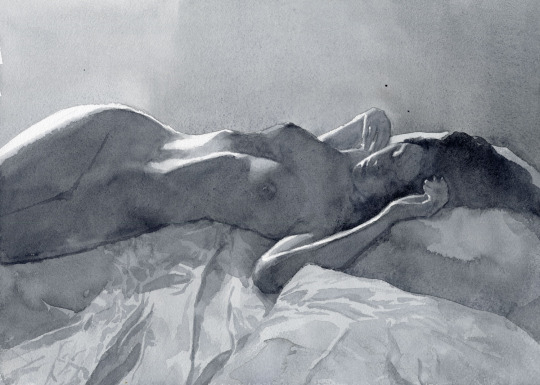
Variations, Luigi Critone, catalogue disponible sur entre-image.com
193 notes
·
View notes